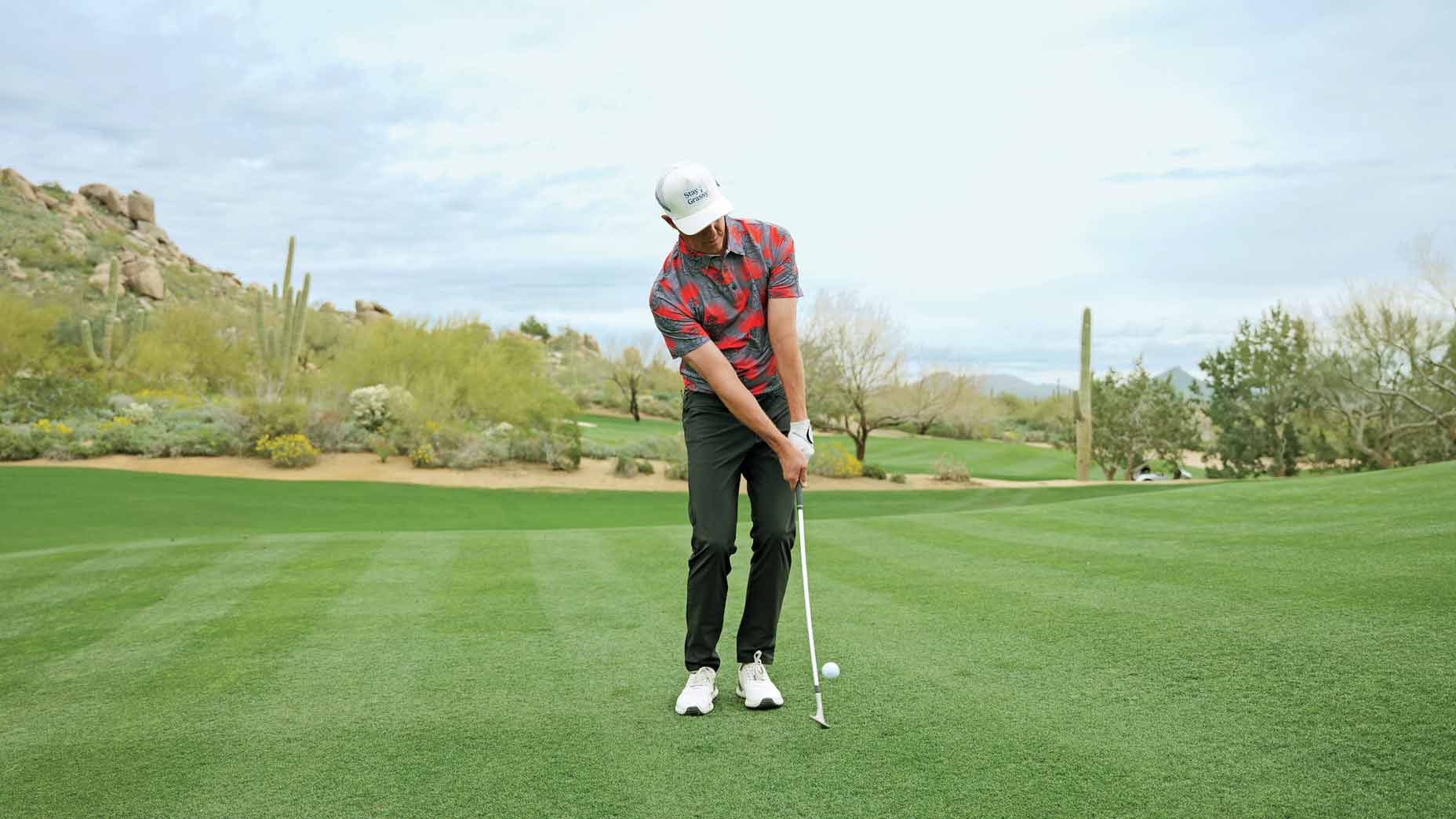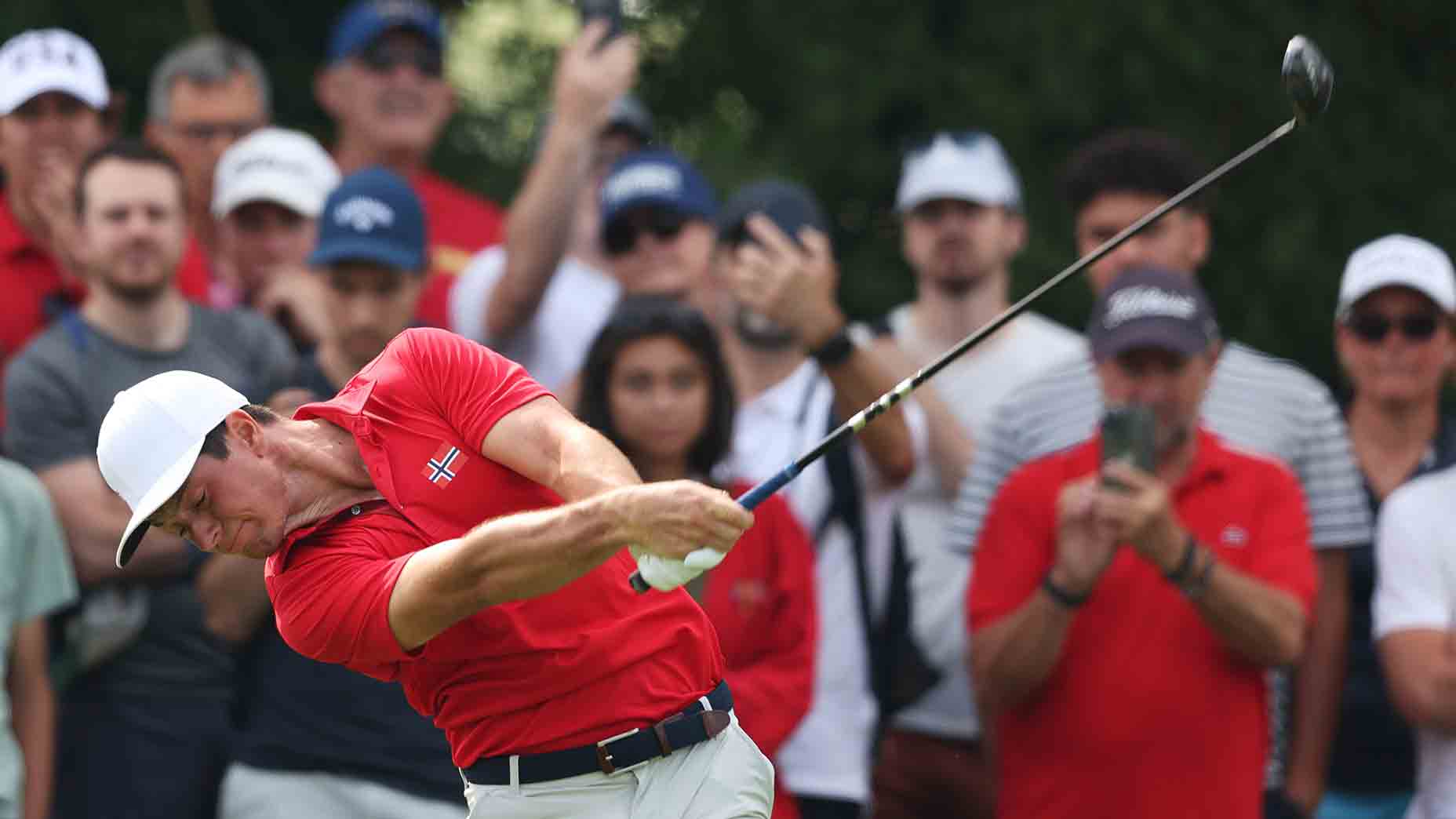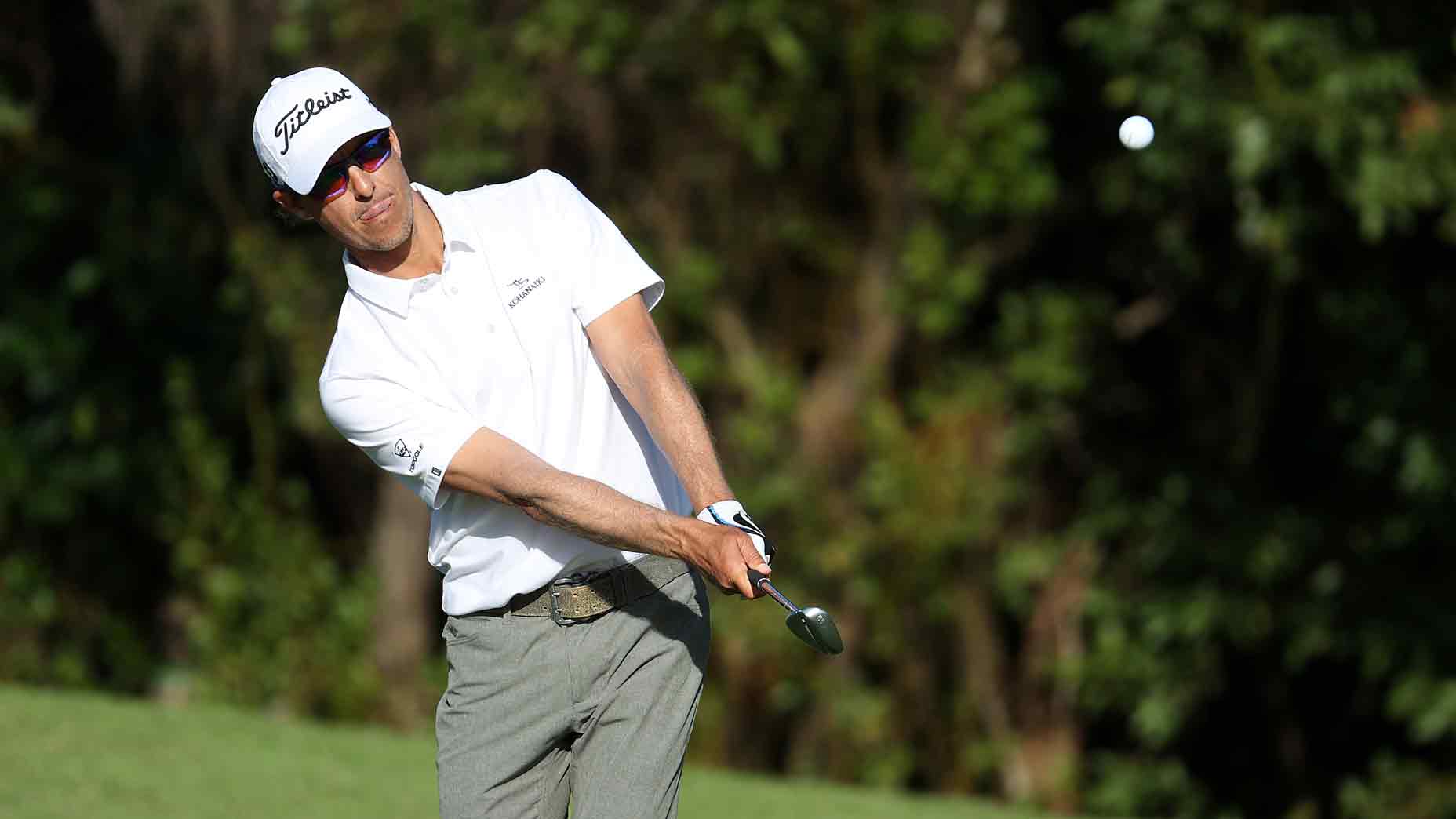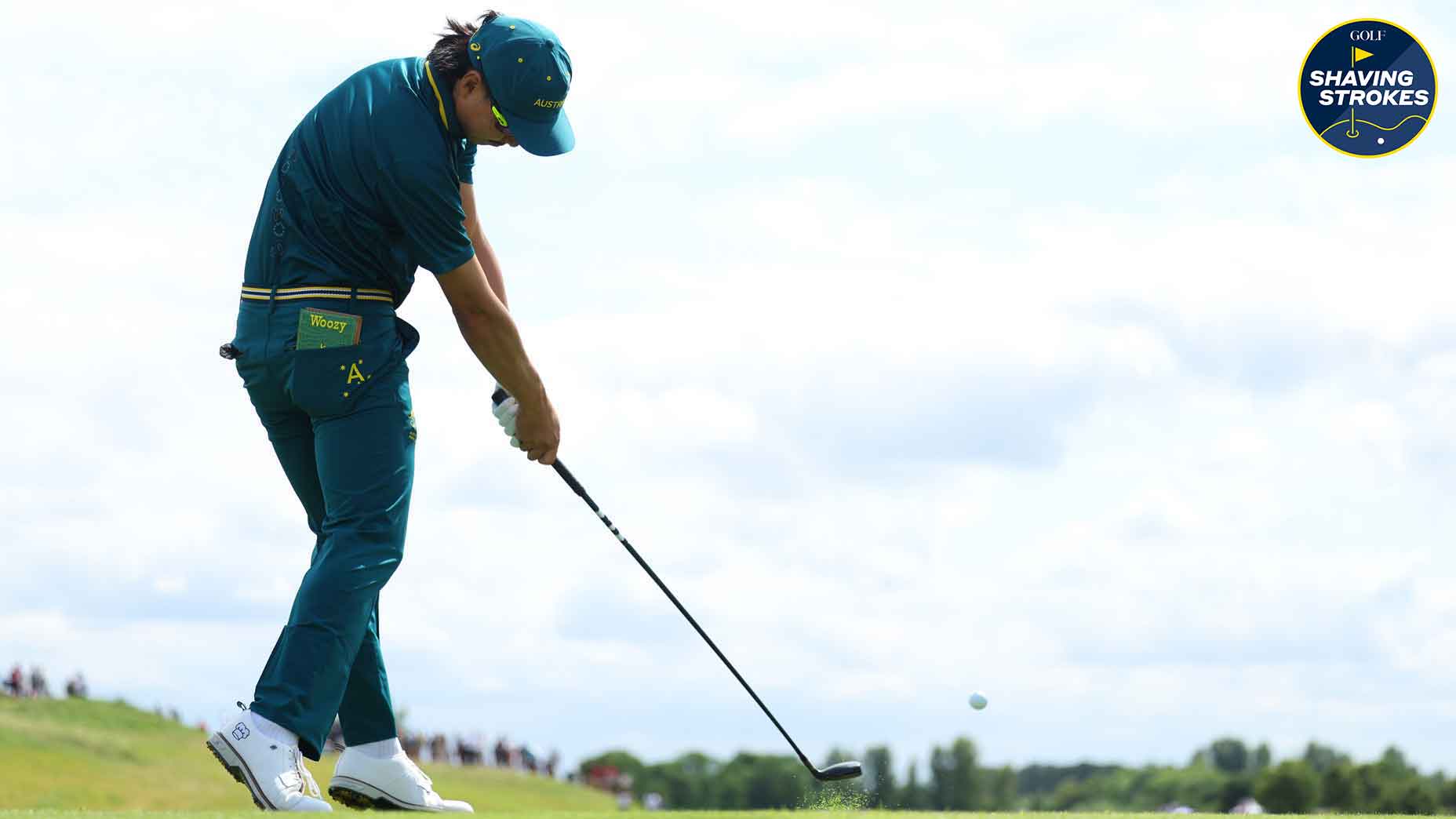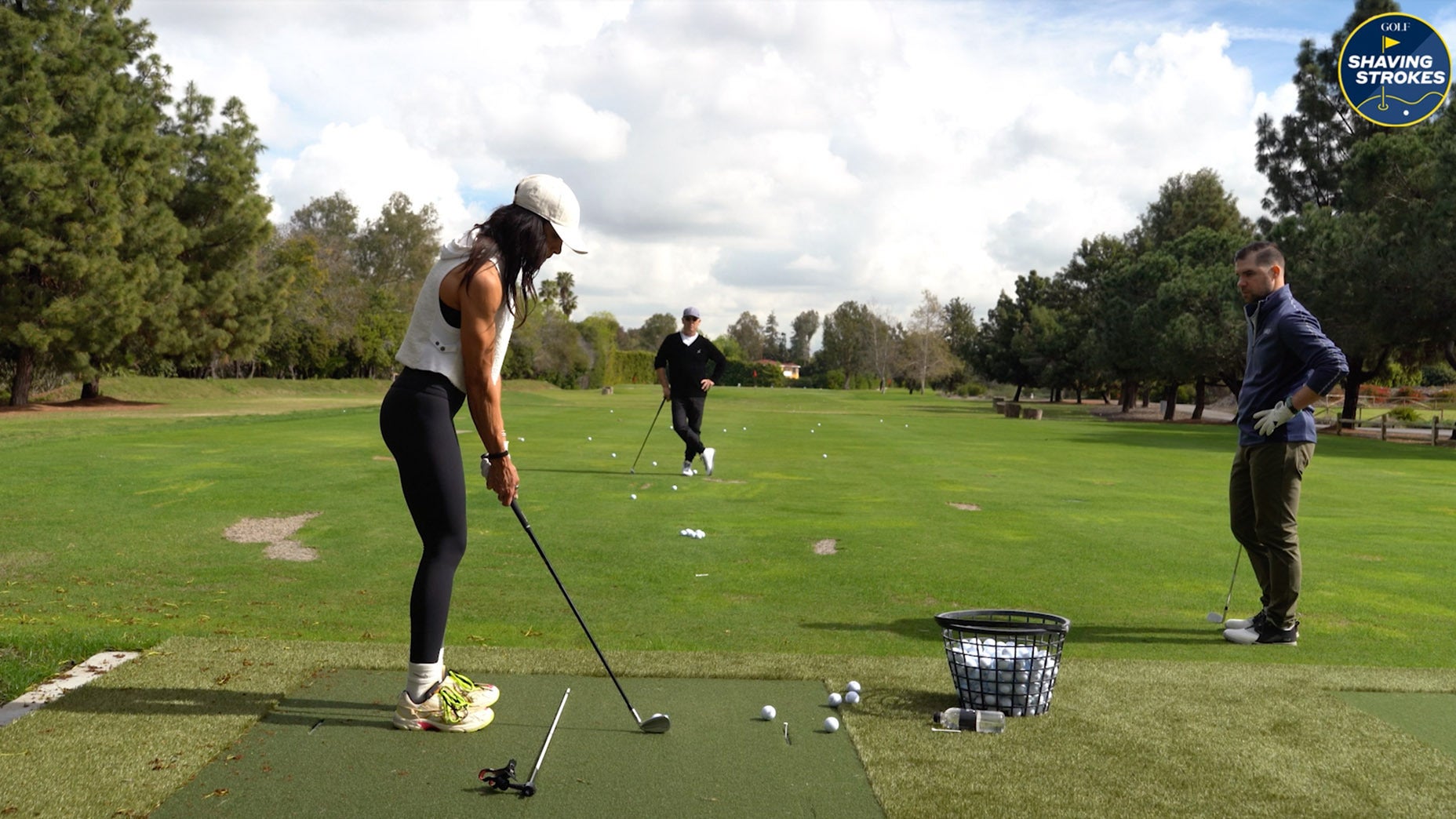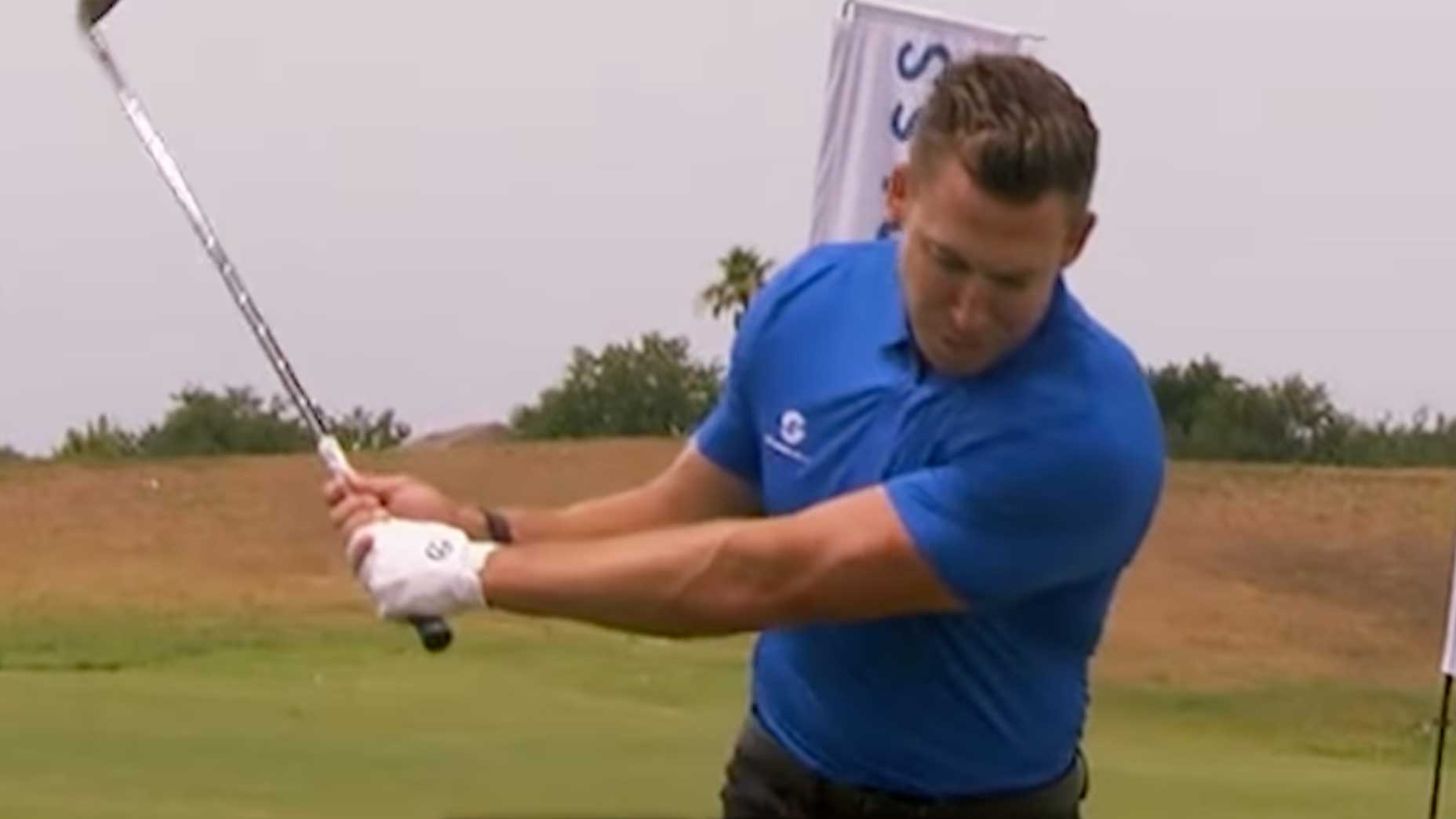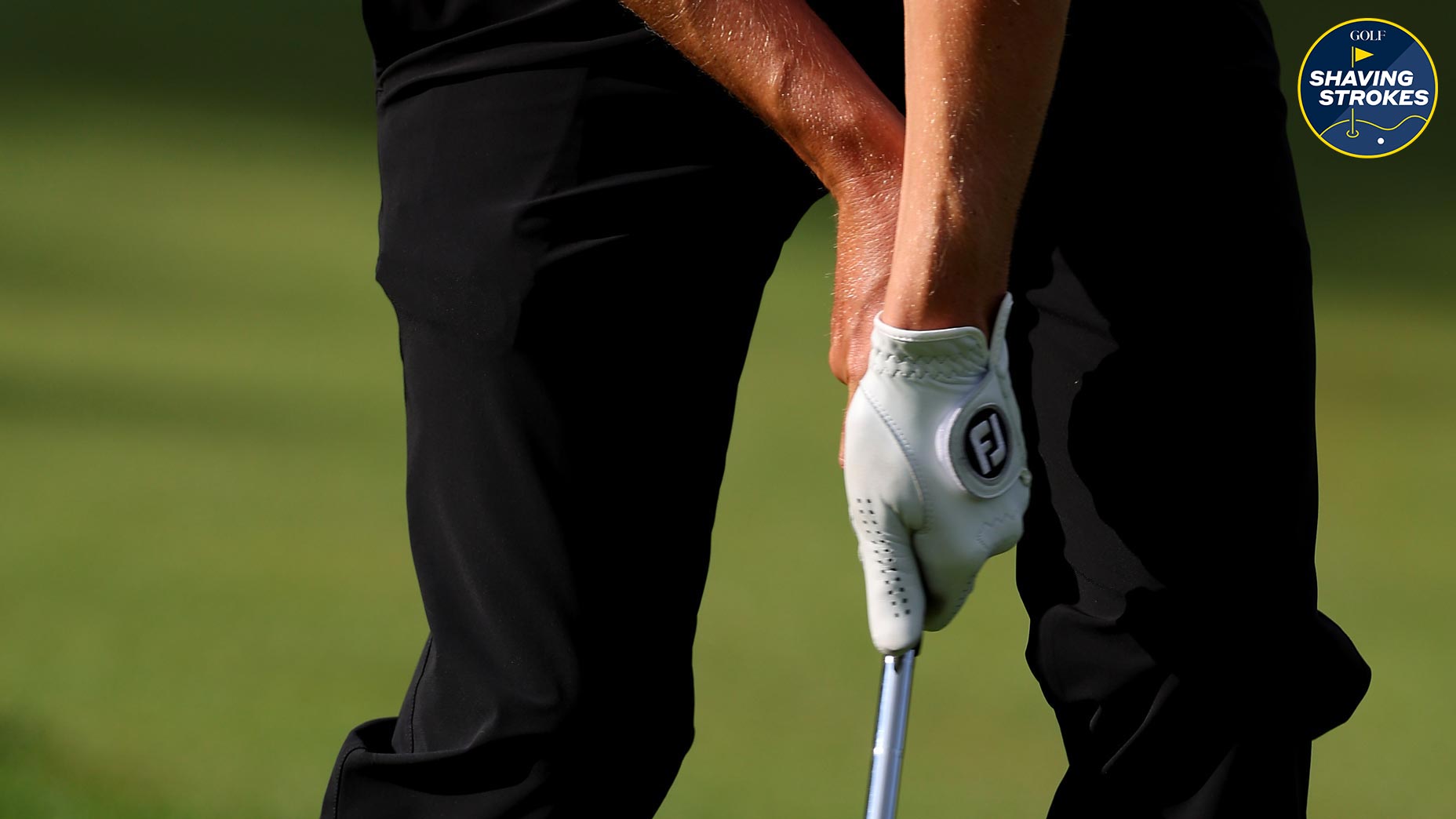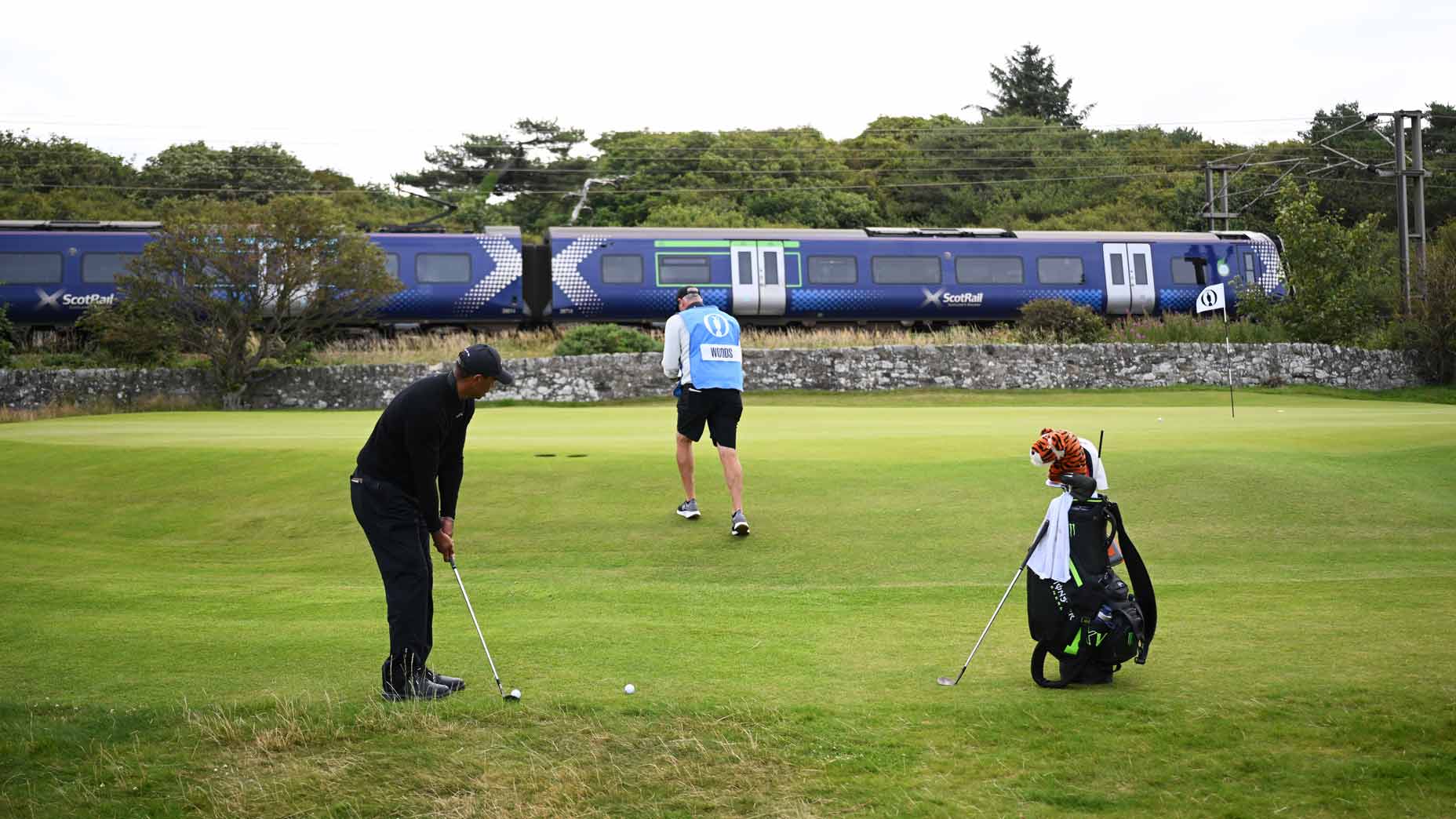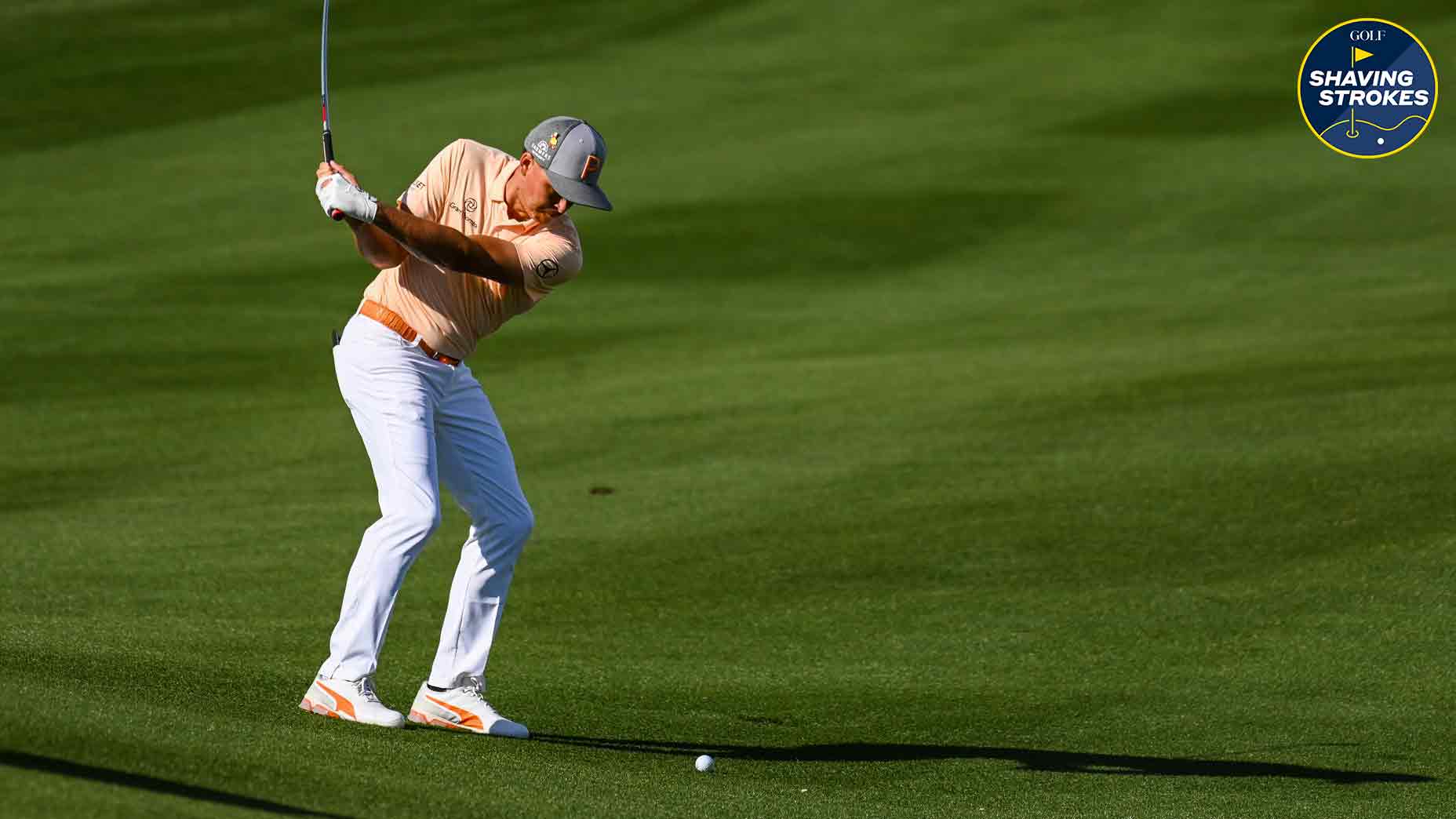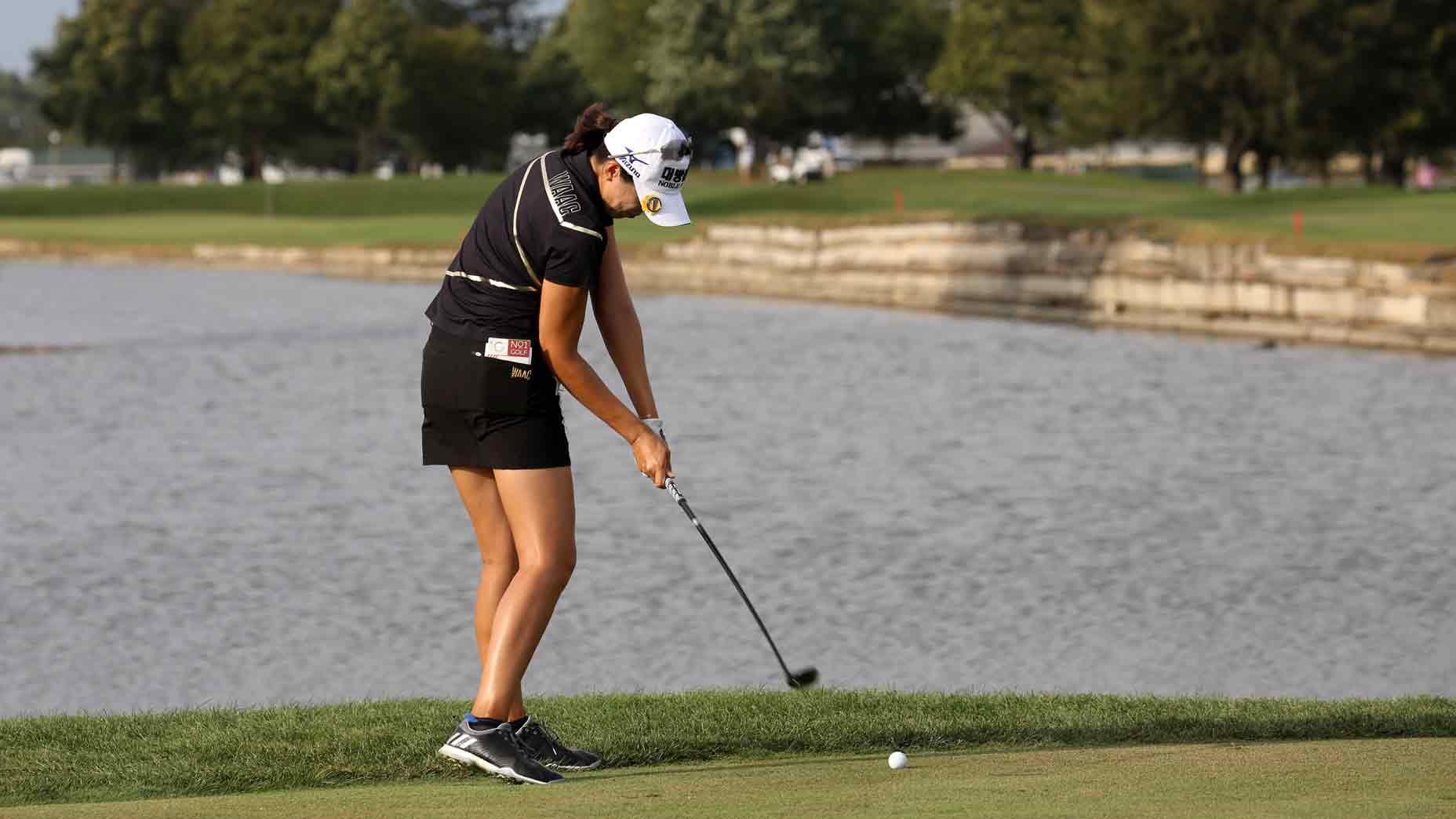As an average player, is steep or shallow better? I did a deep-dive to find out
- Share on Facebook
- Share on Twitter
- Share by Email
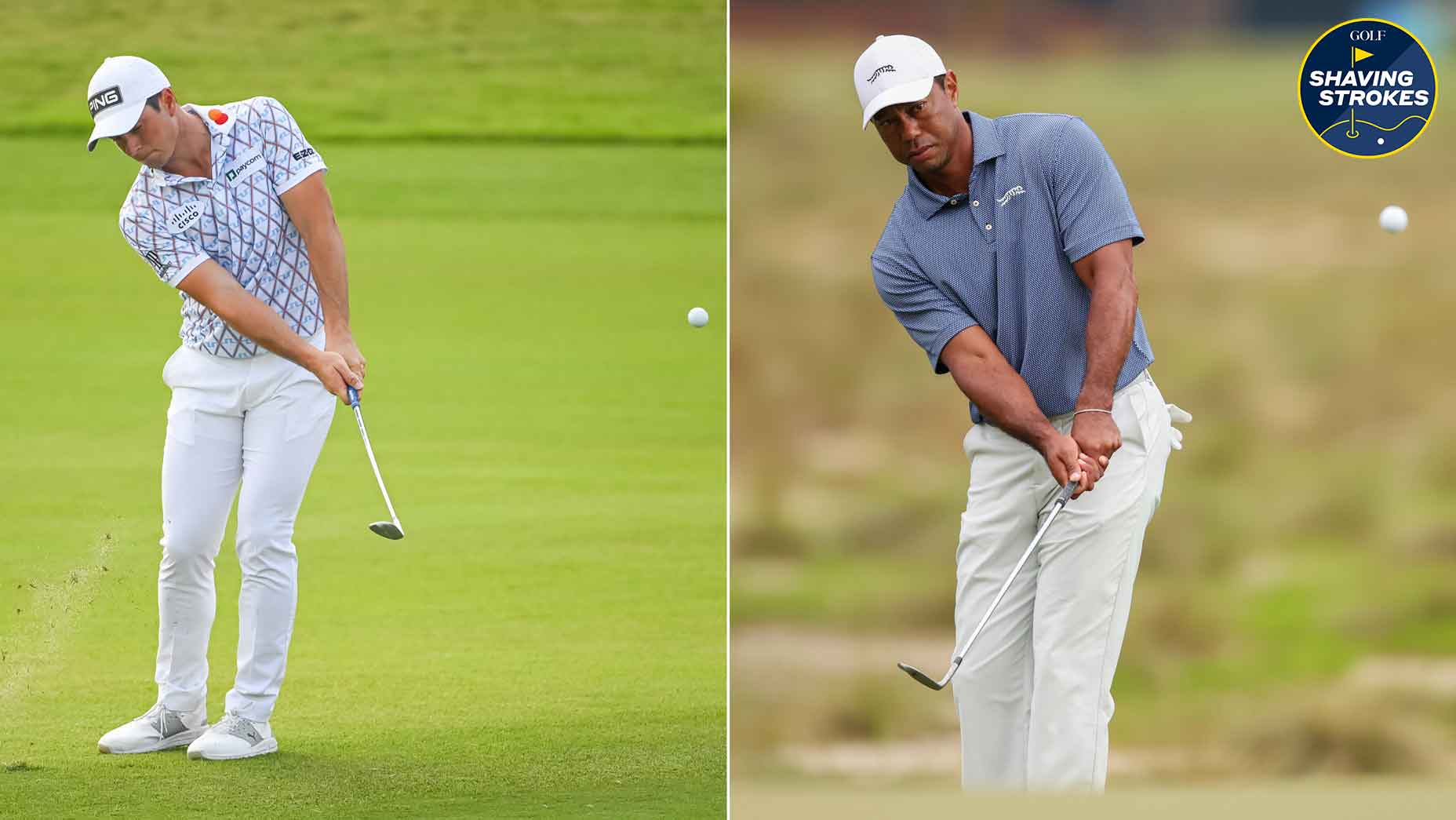
There's a lot of debate about being steep vs. shallow in the short game. I dug up tips from 2 short-game experts to help settle the score.
Getty Images
I take a lot of pride in my self-described title of being the “face and voice for the average golfer,” since I tend to identify with the player who just tries to grind to get better — and I’m not afraid to be the guinea pig to show how tough that can actually be.
I’m the guy who stays on the range till sunset, not the one who hits a few balls and then analyzes each shot. That may be how some golfers improve, but for the current state of my game, more reps is what I need to feel the changes I need to make.
After all, just because you identify a problem with your golf swing doesn’t mean you know how to immediately fix it.
Should you be steep or shallow on your pitch shots? The Short Game Chef explainsBy: Parker McLachlin, GOLF Teacher to Watch
Sure, I have access to the top golf teachers under the sun, but it’s not like they’re a secret elixir that instantly makes me shoot lower. With so many voices and philosophies, I need to try and pick and choose the tips that I’m most comfortable with.
That’s not a knock on them as teachers, but more of an admission that there’s a boatload of golf instruction out there — so filtering it to match your game can be tricky sometimes.
One debate that’s seemingly confused a lot of average golfers is the idea of being steep vs. shallow in the short game. Like, which one is suggested?
As someone who’s more of a shallow player, I’ve heard the argument from the other side about why being steep is best — but what do the experts say?
Steep vs. shallow: What’s better for the average golfer?
When it comes to learning the short game, two names really stand out: Parker McLachlin and Joe Mayo — with the former being more of a shallow guy and the latter being more of a steep guy.
Both work with pro players and have accolades that prove how their methods work for the best types of golfers. But what about the average golfer who still struggles with chunks or skulled shots? Which one is better: steep or shallow?
The case for being steep
Many people point to the viral video of Viktor Hovland from a couple of years ago as the coming out party for being steep in the short game.
In the clip, Hovland hits a soft flop shot and then immediately reacts by saying, “I’ve never been able to do that before. That was sick.”
But when you dive into the stats, Hovland’s short game hasn’t necessarily been all that much better than before he made the change.
In 2024, Hovland ranked 179th on Tour in strokes gained: Around-the-green, 165th in Scrambling, and 130th in Scrambling from the rough. By comparison, in 2021 he was 124th in strokes gained: Around-the-green, 59th in Scrambling, and 35th in Scrambling from the rough.
Viktor Hovland says he’s struggling. And sometimes golf is ‘just not that fun’By: Nick Piastowski
Why are those two seasons important to reference? Because Hovland famously said he “just sucks at chipping” in 2020 following a victory at the Puerto Rico Open. So how much did changing his attack angle really help him in the three years since?
I’m not saying being steep is a bad thing, but it sure is riskier — even for a pro of Hovland’s caliber.
Making things a bit more confusing is this: An old clip from a lesson between Mayo and pro Pat Perez, where Mayo instructs him to be shallower in the golf swing, highlighting the reasons for doing so — with the overarching theme being it’s simpler.
Sure, being steep is an option, but if you’re an average golfer like me, it’s a much riskier play — because you’ve got to be perfect in order to get that crisp feel of ball-first contact.
The case for being shallow
In my opinion, being shallow is the easier play as an amateur golfer. In fact, the whole premise is to protect the player from having a bad shot, with the shallower angle of attack meant to engage the bounce of the club — giving you a greater margin for error on mishits.
Since being shallower means having better control of both the clubhead and path, even a mishit can still be OK.
Now, that said, there are still risks — like chunking it if you get your weight leaning back, because the club can hit way before the ball and dig into the ground. But if you maintain proper fundamentals, a shallower attack angle is easier for the mid-handicapper to execute.
‘Sweep, not steep’: Short game guru says it’s the key to grooving wedge shotsBy: Parker McLachlin, GOLF Teacher to Watch , Nick Dimengo
McLachlin often preaches this, and prescribes to the mantra “sweep, not steep.”
“Around the greens, bounce is a savvy player’s insurance policy, so the trick to taking advantage of it is to avoid coming into the ball too steep,” he said. “It’s been proven that if you trace a wider swing arc, your probability of success on a pitch shot goes up.”
He then provided a visual to help understand why the bottom of the club should “glide” across the grass.
“Picture the bounce on your wedges as the bottom of a surfboard: If you come in at the correct angle, it helps the club skim across the turf. As it skims, it allows you to contact the ball on grooves two to five, which, due to the way wedges are designed, is where you’ll generate the most spin.”
While being steep vs. shallow in the short game is personal preference, if you’re like me, you’d rather play it safer near the greens in order to limit strokes. Being shallow tends to help me with that.

Titleist Vokey WedgeWorks SM10 K* Grind Custom Wedge
$225
View Product
Latest In Instruction

Nick Dimengo
Golf.com Editor

